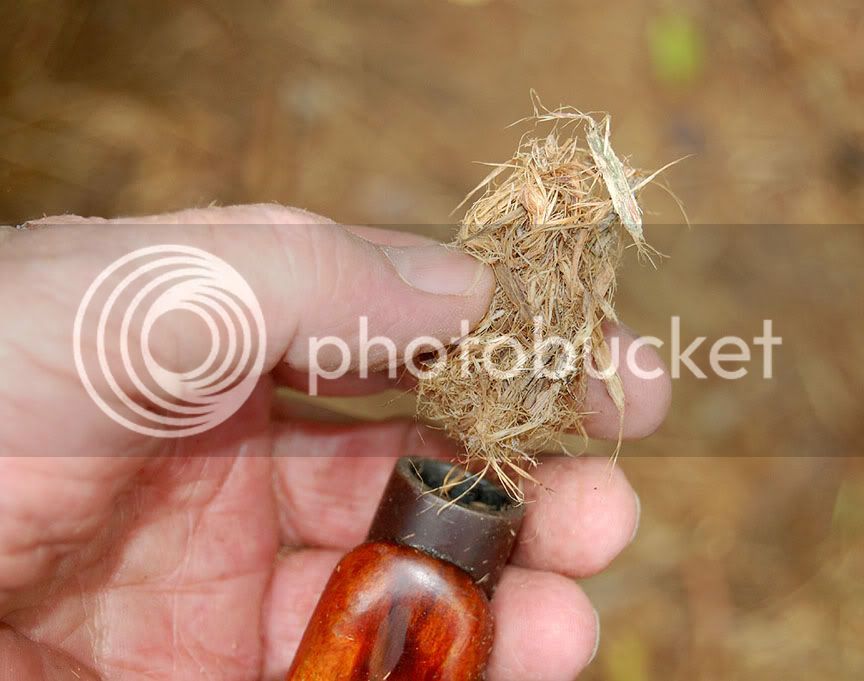Over the last few months I've been fooling around with various old wadding systems, some which I've seen mentioned in the old writings and some which modern shooters have mentioned. I tried flax tow, hornet's nest, brown paper and scrap leather. My best results were with flax tow, but I found it hard to come by and expensive. It occurred to me that cedar bark could be shredded to produce something very similar, so I began a series of trials with it, for both roundball and shot. It seemed to work well enough on paper, so I decided to use nothing but the bark for taking all the game I normally hunt, squirrels, rabbits, doves, deer and turkey. Except for turkey, I've managed it.
The secret to both ball and shot loads is to use enough of the bark to create a good seal. For lighter loads 1/2" when well tamped down will do, but for heavier loads 3/4" is better. I worked up loads for ball which gave deer accuracy at 50 yards, and patterns with shot to 25 yards. I found the patterns to be at least as good as those I get with my usual load using cards, frequently better.
There are only two disadvantages which I've discovered. The greatest is that the material is so tender you can usually not pull the load. It just breaks. I learned to just shoot them out at hunt's end. The other is that it is dusty, messy to work with. I have used it for some fairly long shooting sessions and have found no need to wipe the bore. You can feel the fouling, but the wadding seems to scrub enough of it out when loading that it never builds up enough to be a problem.
I normally use about 60 grains FFg and equal volume of #5 for squirrels and 70 grains FFg with equal volume of #6 for rabbit.
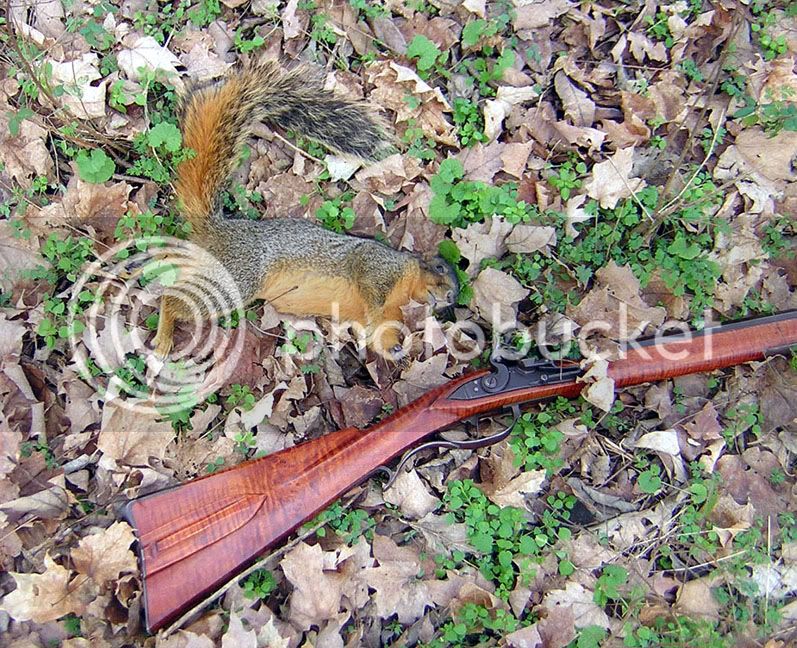
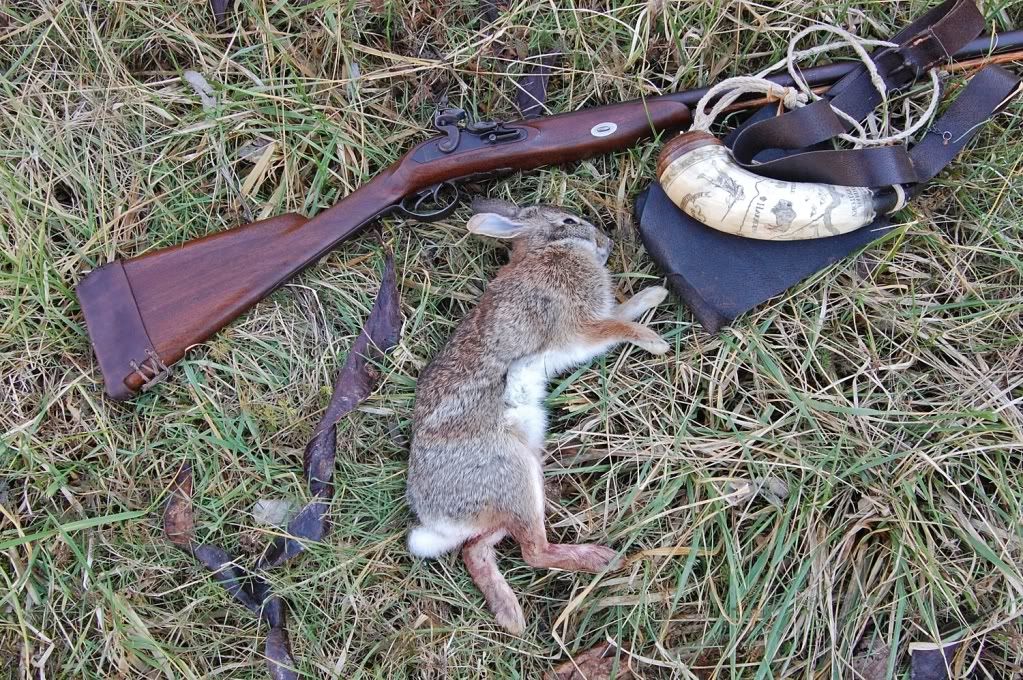
One unlucky dove wandered by and gave me a low passing shot, I dropped it with my rabbit load.
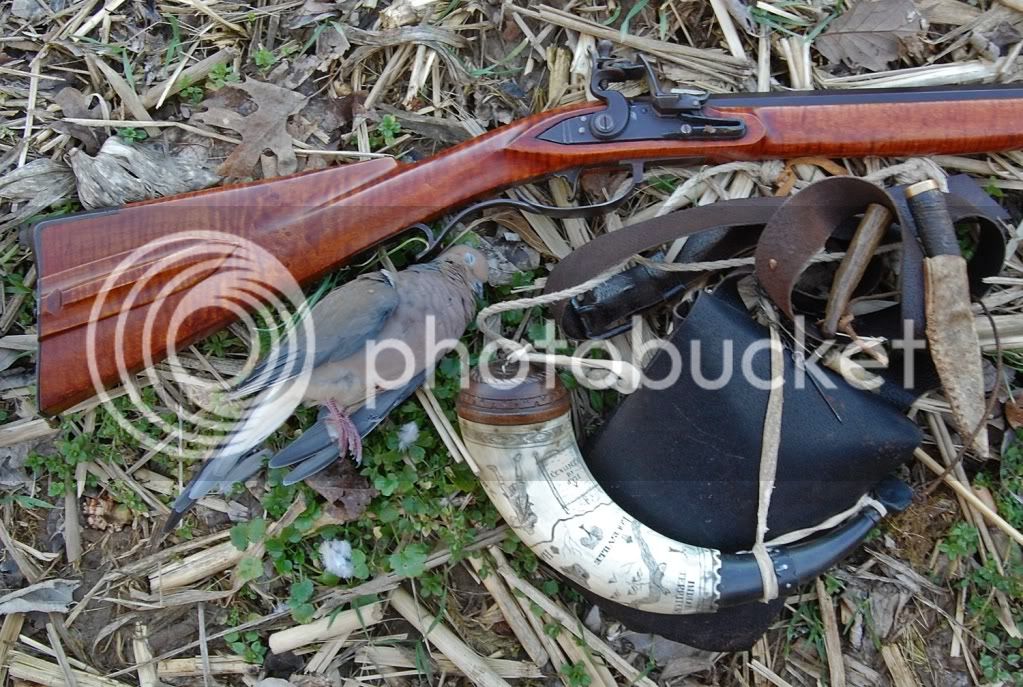
The deer was taken at 40 yards from a knee rest, load was 90 gr. 3F and a .600" home-cast ball, a quick, clean kill.
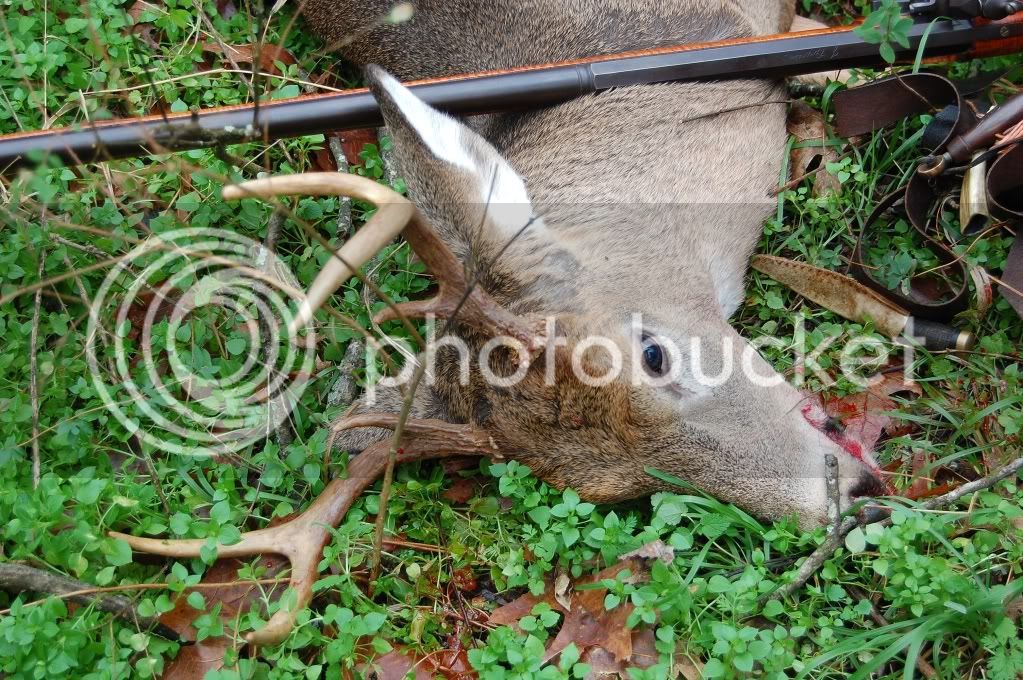
I haven't been hunting turkeys for the last several years, and don't know if I will this spring. If I do, I'll be completely confident that I can take one using cedar bark if the opportunity presents. And, loading it past the severe choke of my turkey flintlock will be a snap, much easer than hard cards.
I'm not going to switch permanently to cedar bark, but I'm certainly glad to know how well it works. I won't panic if I forget to take wads along. :grin: I'm going to lay in a supply of flax tow, because I believe it will work even better and is historically correct for both shot and ball in the 18th century.
Spence
The secret to both ball and shot loads is to use enough of the bark to create a good seal. For lighter loads 1/2" when well tamped down will do, but for heavier loads 3/4" is better. I worked up loads for ball which gave deer accuracy at 50 yards, and patterns with shot to 25 yards. I found the patterns to be at least as good as those I get with my usual load using cards, frequently better.
There are only two disadvantages which I've discovered. The greatest is that the material is so tender you can usually not pull the load. It just breaks. I learned to just shoot them out at hunt's end. The other is that it is dusty, messy to work with. I have used it for some fairly long shooting sessions and have found no need to wipe the bore. You can feel the fouling, but the wadding seems to scrub enough of it out when loading that it never builds up enough to be a problem.
I normally use about 60 grains FFg and equal volume of #5 for squirrels and 70 grains FFg with equal volume of #6 for rabbit.


One unlucky dove wandered by and gave me a low passing shot, I dropped it with my rabbit load.

The deer was taken at 40 yards from a knee rest, load was 90 gr. 3F and a .600" home-cast ball, a quick, clean kill.

I haven't been hunting turkeys for the last several years, and don't know if I will this spring. If I do, I'll be completely confident that I can take one using cedar bark if the opportunity presents. And, loading it past the severe choke of my turkey flintlock will be a snap, much easer than hard cards.
I'm not going to switch permanently to cedar bark, but I'm certainly glad to know how well it works. I won't panic if I forget to take wads along. :grin: I'm going to lay in a supply of flax tow, because I believe it will work even better and is historically correct for both shot and ball in the 18th century.
Spence






